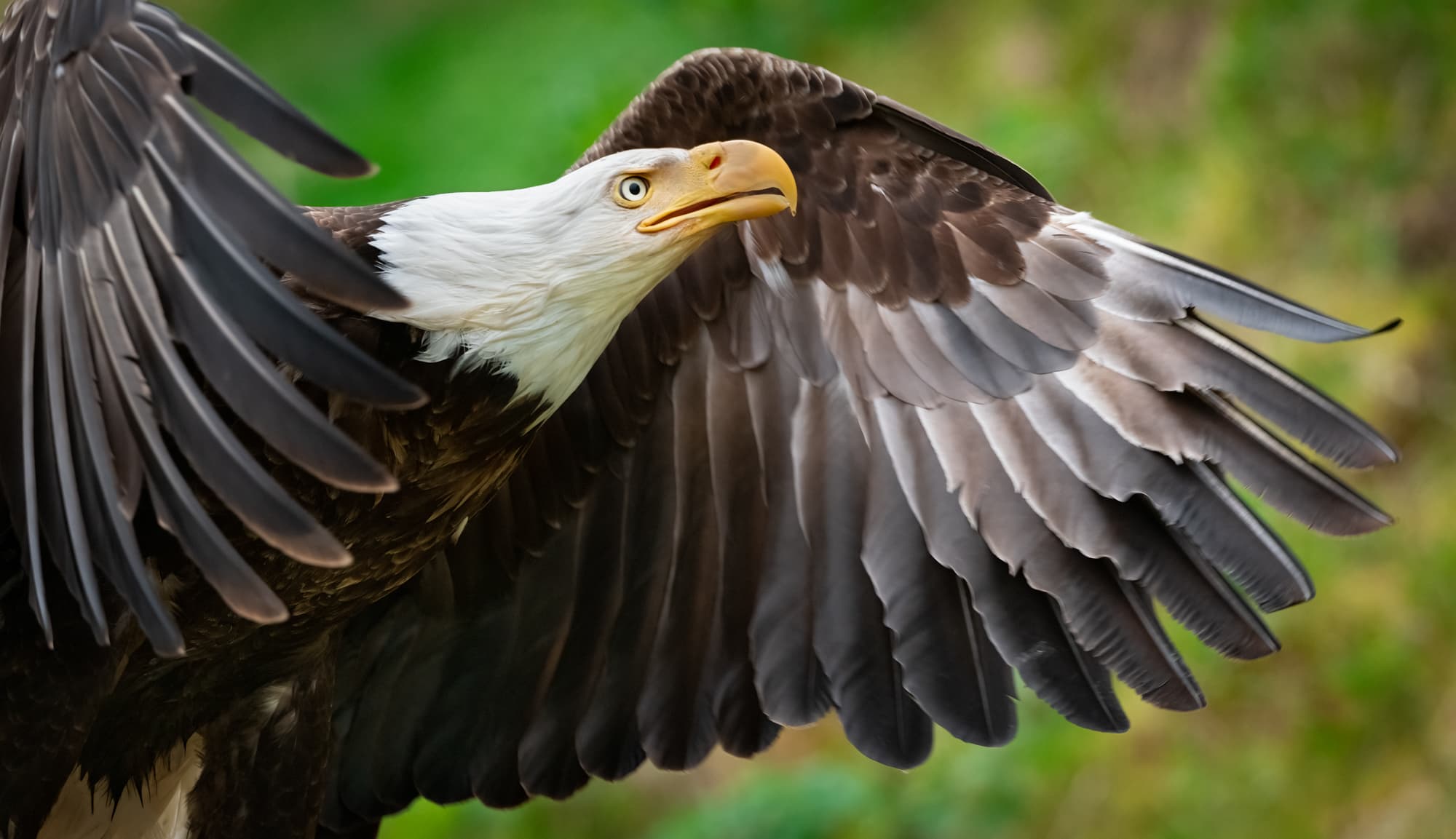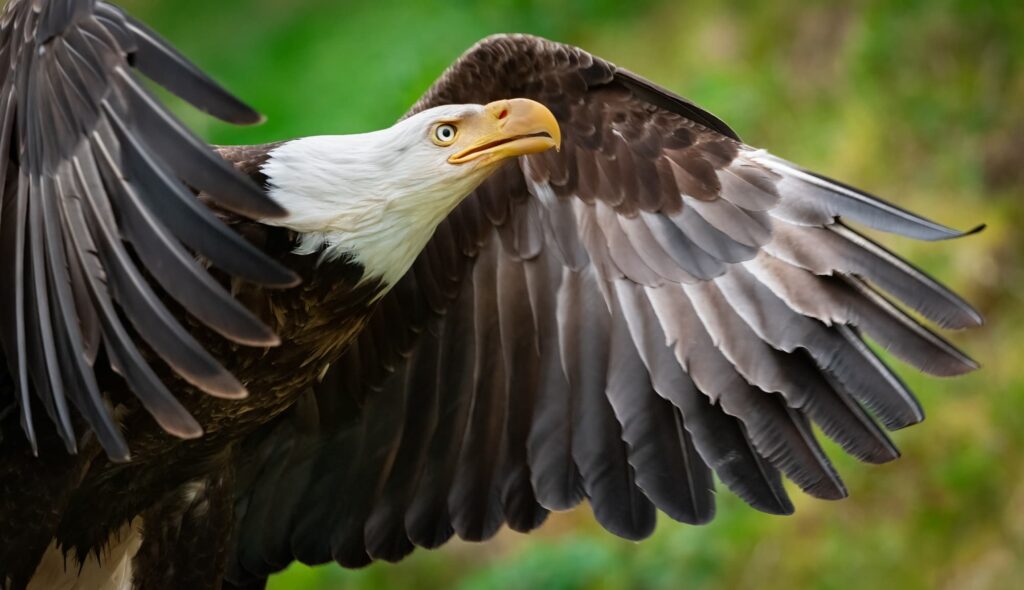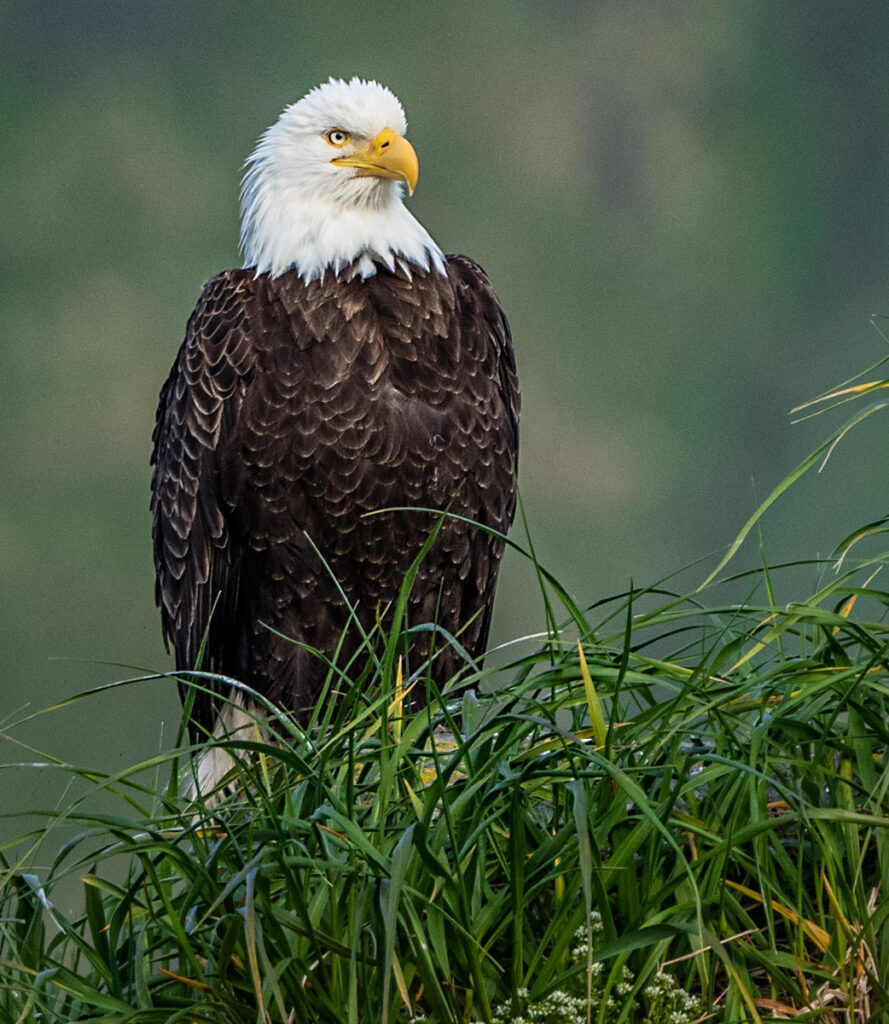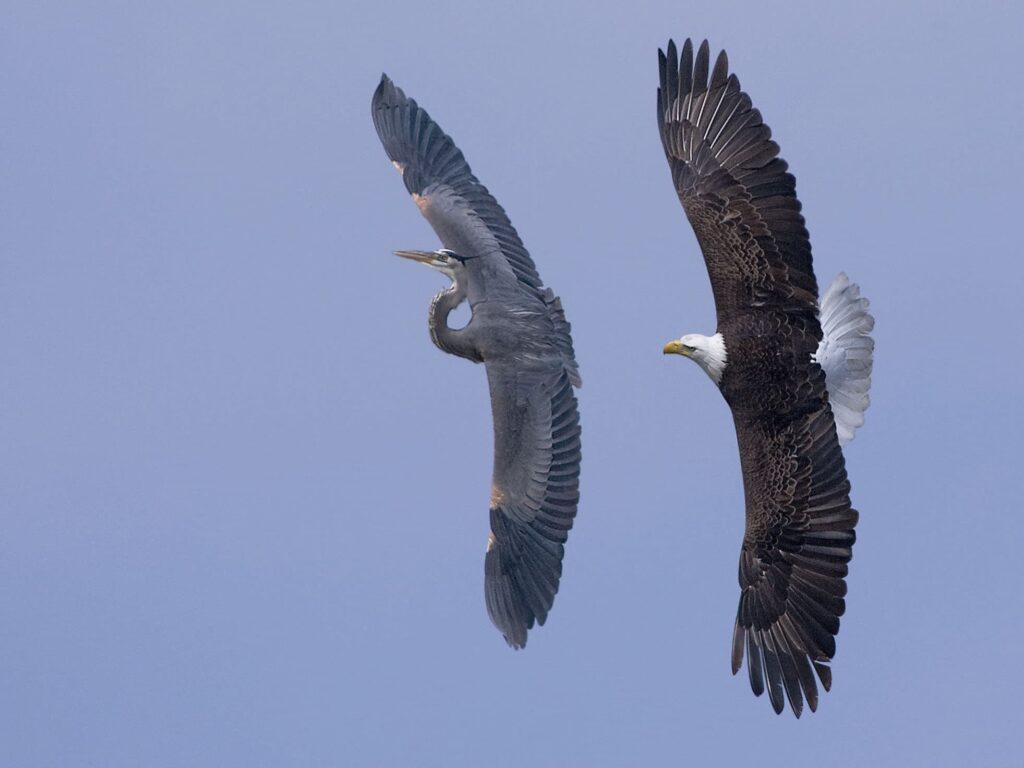
For 242 years, Americans have celebrated the bald eagle as a symbol of the nation’s values of strength and freedom. Every year on June 20th, citizens are invited to recognize the day the Founding Fathers officially adopted this beautiful bird as a national symbol and to highlight the importance of its conservation.

The myths and legends that surround the bald eagle are many, but one of the more widely known is that of the for and against arguments as to which animal should represent the United States of America. Famously, Benjamin Franklin opposed the choice, describing it as “a bird of bad moral character”, hoping instead that the nation would adopt the wild turkey, a “respectable and true native.” It is a little peculiar that Franklin singled out the native aspect, as bald eagles are also the only sea or fish eagle endemic to North America, with a range all the way from northern Mexico, across the entire United States, and most of Canada.

Such a breadth of existence invokes the thought that there must be a healthy number of these birds in the skies, and while we can now say that’s true, there is still a long way to go, as the truth about America’s relationship with bald eagles holds more than a little shame. Despite representing an entire nation’s pride in itself for over two centuries, their numbers suffered almost insurmountable losses through illegal hunting, loss of nesting habitat, persecution, and poisoning; by 1963, there were only around 420 nesting pairs left in the whole of the lower 48 states. Conservation efforts, including the banning of DDT in 1972 and legal protection under the Endangered Species Act, helped the population recover. By 2007, the bald eagle was removed from the endangered species list. As of 2023, there are almost 800 times more, with an estimated 317,000 individual birds across North America. Alaska has by far the largest single population with around 30,000 birds, and Minnesota comes runner-up with 9,800, both states showcasing prime habitat for these huge birds of prey. Other states like Florida and Wisconsin have seen numbers rebound of late, owing to the dedication to conservation measures preserving critical nesting habitat. These hard-won successes were bolstered in 1995, when the American Eagle Foundation (AEF), a non-profit organization dedicated to the protection of the bald eagle and other birds of prey, initiated efforts to establish June 20th as the national day to highlight conservation achievements.

But what about that name? The pure white feathers that adorn the large head frame an impressive hooked yellow beak and intense white-golden eyes, clearly demonstrating that these birds are far from bald. Their scientific name, Haliaeetus leucocephalus, comes from the Greek words halos, meaning sea; aetos meaning an eagle; leukos meaning white; and kephalus referring to the head. While they take around 4-5 years to fully grow their snow-white head feathers, the common name bald actually comes from the Middle English word balde – meaning shining white.

The recovery of the bald eagle population is one of the most notable success stories there is in wildlife conservation. Celebrating on June 20th helps to continue raising awareness about the importance of protecting this striking bird, as well as other endangered species, as organizations and educators plan events, programs, and activities that educate the public about the cultural significance, roles in the ecosystem, and the history of their shameful decline and magnificent rise. Join us in a shared sense of national unity and pride this June 20th, and please enjoy marveling in awe at Owen’s photographs, the same way he did while taking them, enchanted by their grace and stunning presence.


